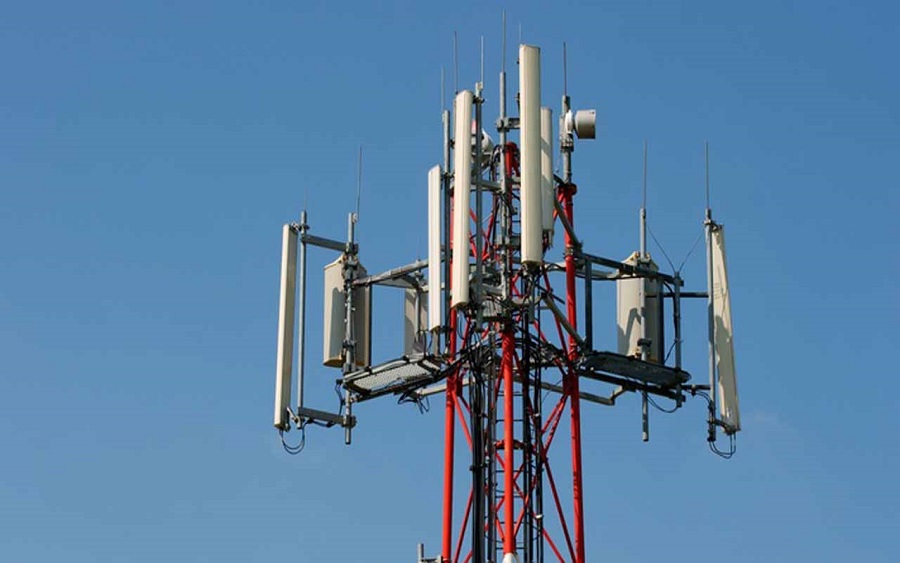MTN Nigeria, INT and IHS Towers Nigeria announced a revised service agreement for its tower business. According to the companies, they mutually agreed to change the terms of their contracts relating to exchange rates.
The companies agreed to reference the NAFEX rate as the contracted rate for the conversions to naira ditching the official CBN rate which was previously being used. The CBN official rate is currently at N360/$1 compared to the NAFEX rate which averages N385/$1 according to the parties to the agreements.
MTN sold its “passive infrastructure” tower business to IHS Towers in a sale and leaseback arrangement. MTN also retains tower contracts with other tower providers in the country. IHS, which acquired tower portfolios of MTN and Etisalat in Nigeria, owns and manages over 23,000 towers in Africa. The deal sets MTN back in terms of profitability as an effective devaluation of its tower exchange rate will lead to a higher operating expenses for the company.
READ MORE: MTN launches e-sim, a virtual sim card for more security and quality service
IHS is the largest mobile telecommunications infrastructure provider in Africa, Europe and the Middle East by tower count and the third-largest independent multinational tower company globally. MTN also owns shares in IHS. It is not clear if other similar tower deals will require a revised change in exchange rates. MTN incurred over N165 billion in tower lease contracts in 2019 (2018: N233 billion). It spent N49.8 billion on tower leases in the first quarter of 2020.
Nigeria’s central bank devalued its official rate from N307/$1 in March following the drop in crude oil prices and the ensuing COVID-19 pandemic. The NAFEX window also depreciated from an average of N366/$1 to N$385/1. It closed at N389.5 on Friday.
READ MORE: Turnover at NAFEX market drops by 23% as exchange rate disparity rises to N84
MTN reveals the revised exchange rate terms will reduce its “EBITDA margin in 2020 by approximately 0.44p on an IFRS 16 basis”. The company also mentioned it will “offset” the exchange rate difference over time by the “improved pricing and increased focus on rural connectivity and backhaul in the network”.
Increasing call rates has been a challenge for GSM operators over the years despite multiple devaluations and higher inflationary trends. GSM call rates are closely regulated by the Nigerian Communications Commission and is often a sensitive issue between the operators, government and customers. Despite this, MTN has continued to deliver massive profits with returns on equity top 90%.
READ MORE: Analysis: MTN’s blow out Q1 profit vs Covid-19 headwinds
Nigeria currently operates multiple exchange rate windows influencing how contracts are signed in varying ways. The CBN official rate is often used for government contracts or indexed to accommodate a uniform cost and selling price. Most telecom equipment are imported with forex only available officially via the CBN window. However, with the introduction of the NAFEX window in 2017, forex is also determined by the forces of demand and supply.
In June, the Minister of Finance revealed the government was considering a unification of the exchange rate windows. CBN Governor Godwin Emefiele corroborated the claims revealing that it will be converted to the NAFEX rates.
MTN, IHS and INT also agreed to increase its focus on rural connectivity and backhaul in the network.
